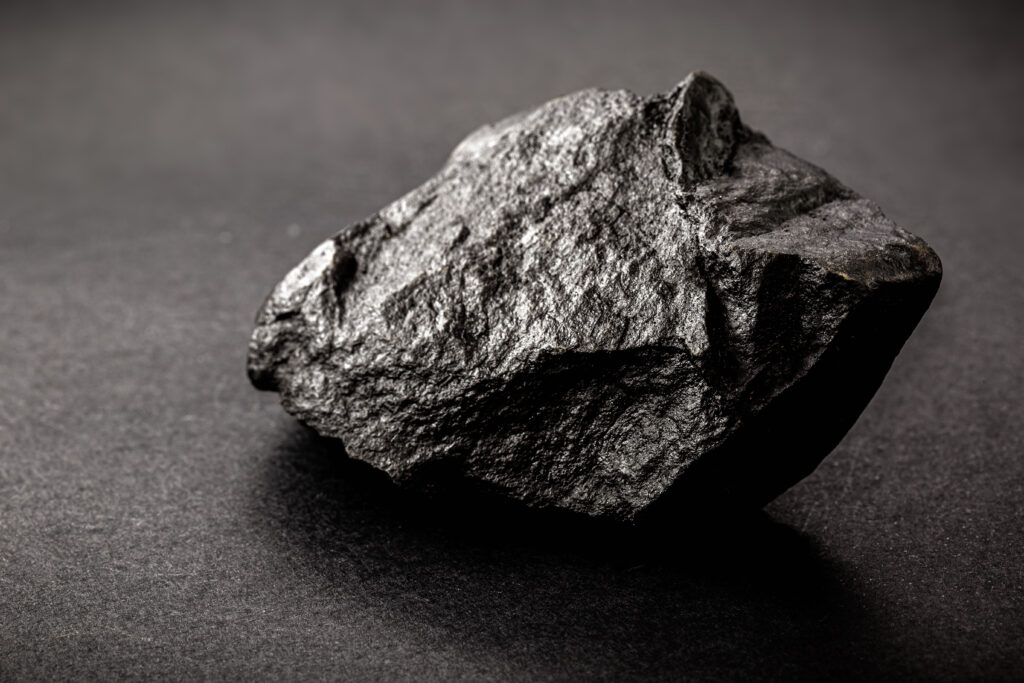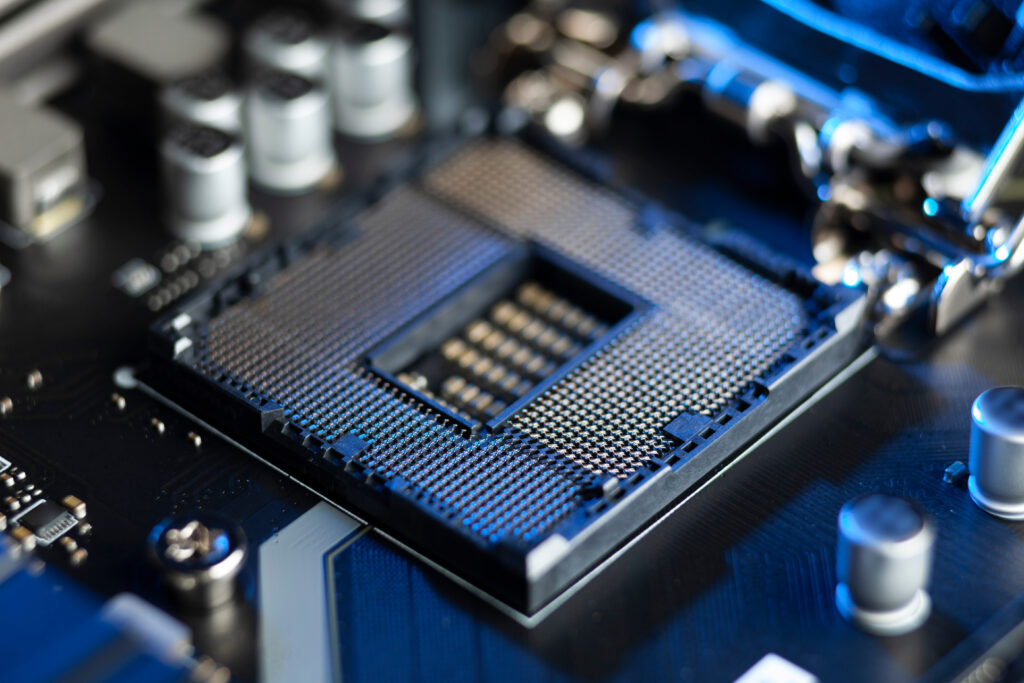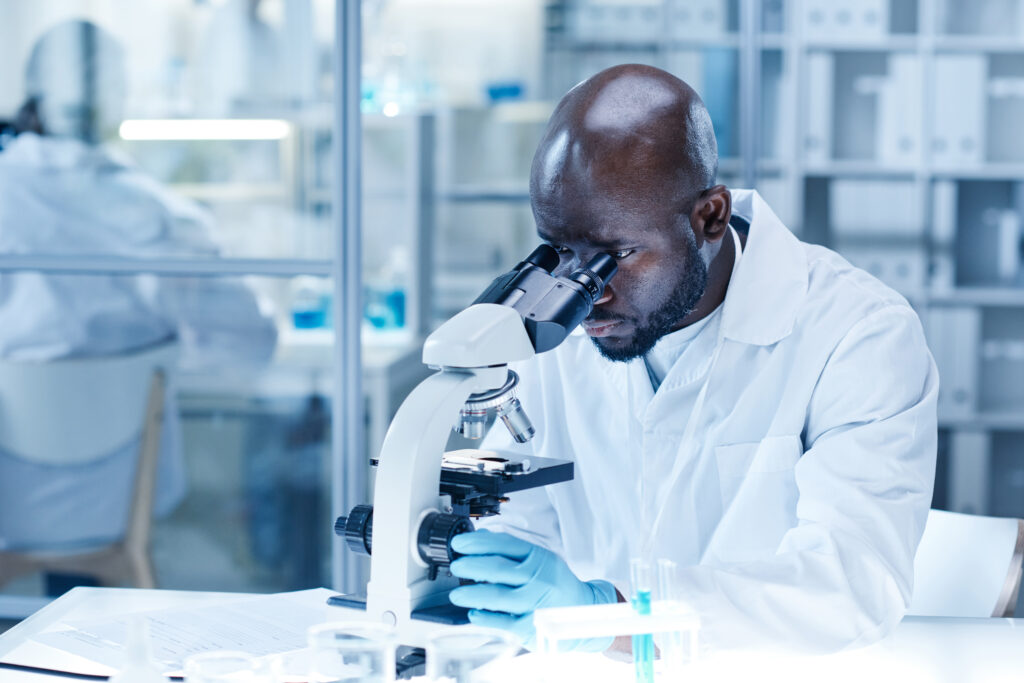Tribology Explained: Superlubricity

In the ever-evolving worlds of tribology and materials science, the quest for reducing friction in mechanical systems led in the early 1990’s to the groundbreaking discovery of what researchers have called superlubricity.
This phenomenon – which sounds like something out of a science fiction novel – has the ability to revolutionise how we understand and manage friction in various applications. From extending the life of mechanical parts to potentially transforming energy efficiency across a huge variety of industries, superlubricity opens up whole new realms of possibilities.

The simplest definition of superlubricity is the state of ultra-low friction between two surfaces, almost reaching the point of zero friction! It occurs when the interacting surfaces are so well aligned at the atomic level, that they slide over each other with minimal resistance.
This state can be achieved in various ways, for example through the use of specific materials like graphite, or by employing nanotechnology to engineer surface structures. Superlubricity is not just a laboratory phenomenon; it has been observed in natural systems as well. For instance, certain biological joints in our bodies exhibit superlubric properties, which reduce wear and tear, allowing for smooth movement.

The implications of superlubricity are potentially massive for a huge number of sectors. In industrial applications, achieving superlubricity could lead to a significant reduction in energy consumption, as a considerable amount of energy in mechanical systems is currently lost to friction. This not only has the potential to improve efficiency but also to substantially decrease maintenance costs and increase the longevity of machinery.
In the field of transportation, superlubricity could lead to the development of vehicles with drastically reduced resistance, enhancing fuel efficiency and reducing environmental impact. Equally, superlubric materials could play a pivotal role for electronics, helping in the development of more durable and efficient microelectromechanical systems (MEMS) which are used in everything from inkjet printers to accelerometers used in airbags.
Despite its promising and far-reaching potential, harnessing superlubricity is incredibly challenging for researchers. One of the hardest problems to overcome is the difficulty in maintaining stable superlubric states under varying conditions such as temperature, pressure, and humidity.

In real-world applications, surfaces undergo wear and environmental changes, which can disrupt the delicate, absolutely precise atomic alignments needed for superlubricity to work. To add to the complications, scaling superlubricity from small-scale laboratory settings to practical, large-scale applications poses significant challenges.
There is also the matter of the cost and complexity of manufacturing superlubric materials or surfaces, which currently limit their widespread adoption. Despite these setbacks, ongoing research and technological advancements continue to push the boundaries for superlubricity and superlubric materials, bringing us closer to realising the full potential of superlubricity in everyday applications!
Superlubricity stands right on the very edge of transforming our understanding and utilisation of friction and tribology, and could bring in a whole new era in material science and mechanical engineering.
To stay updated with the newest industry insights through our articles and news, click here!
